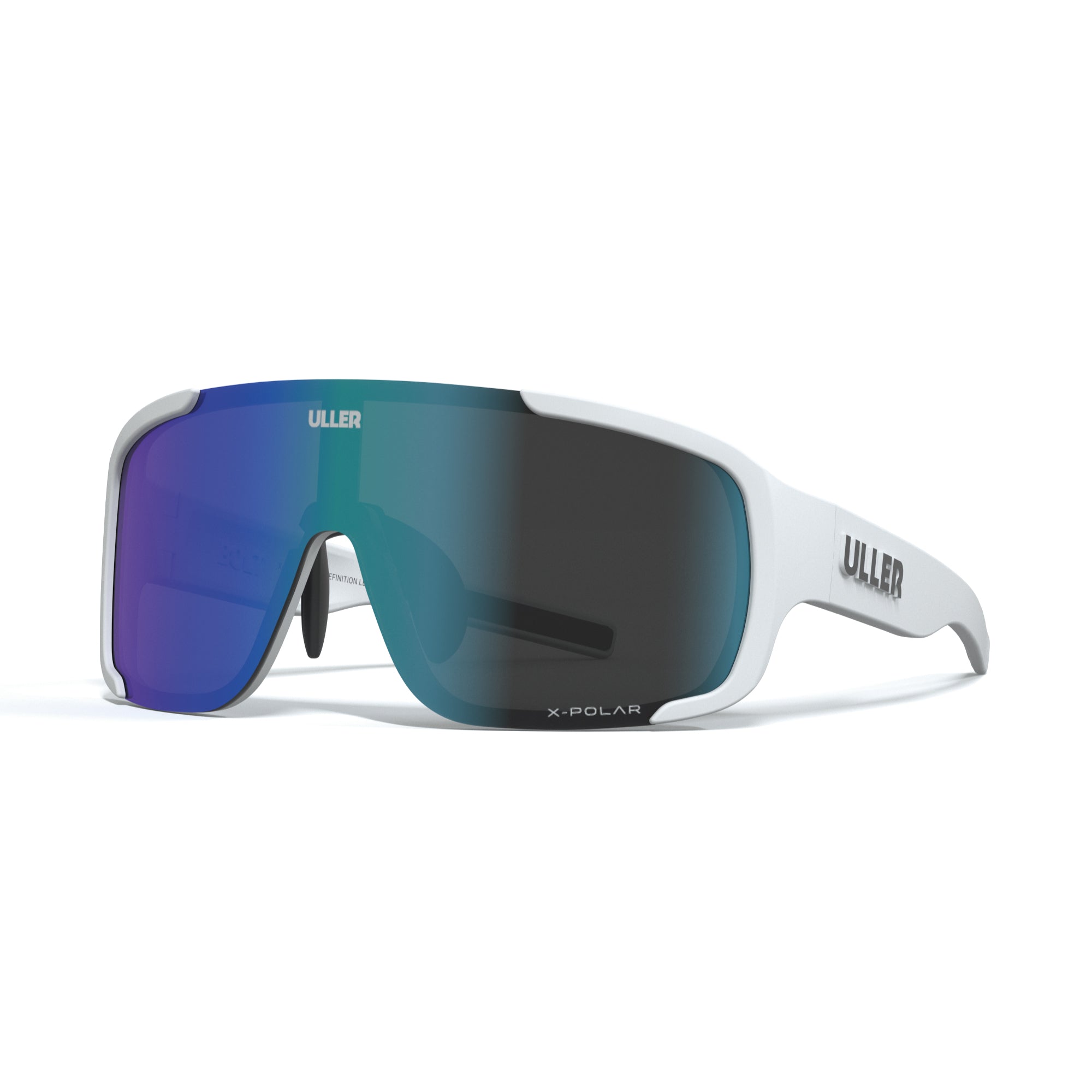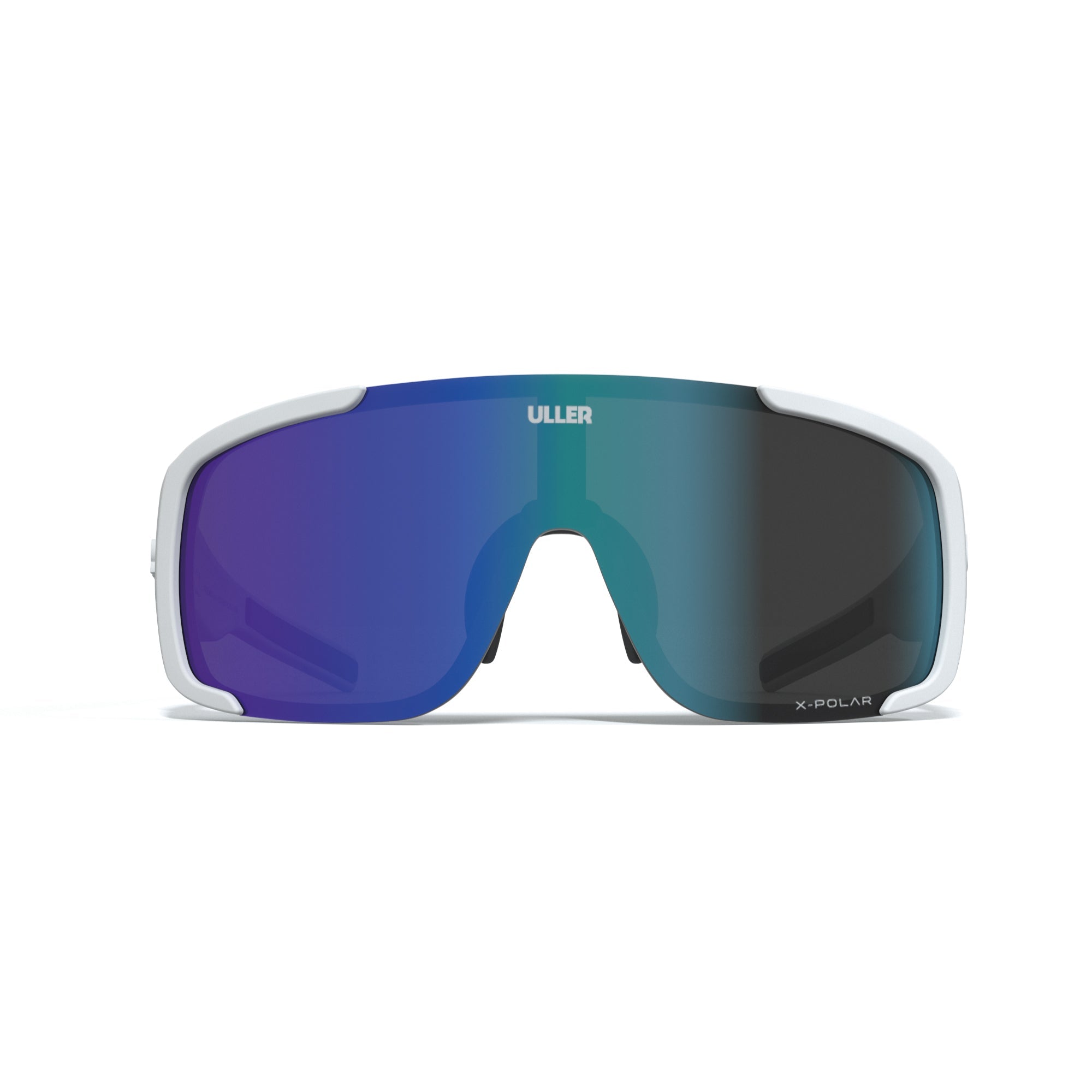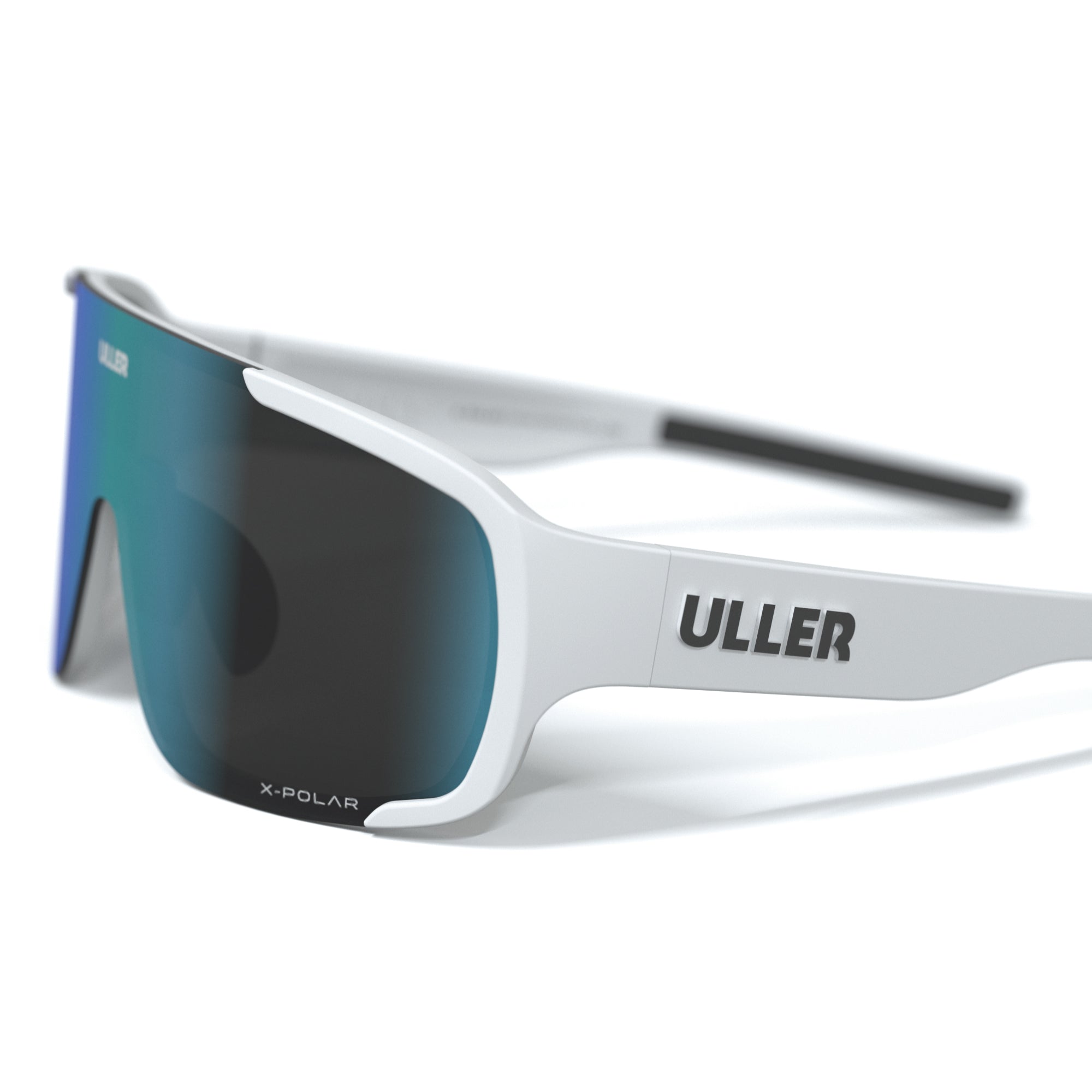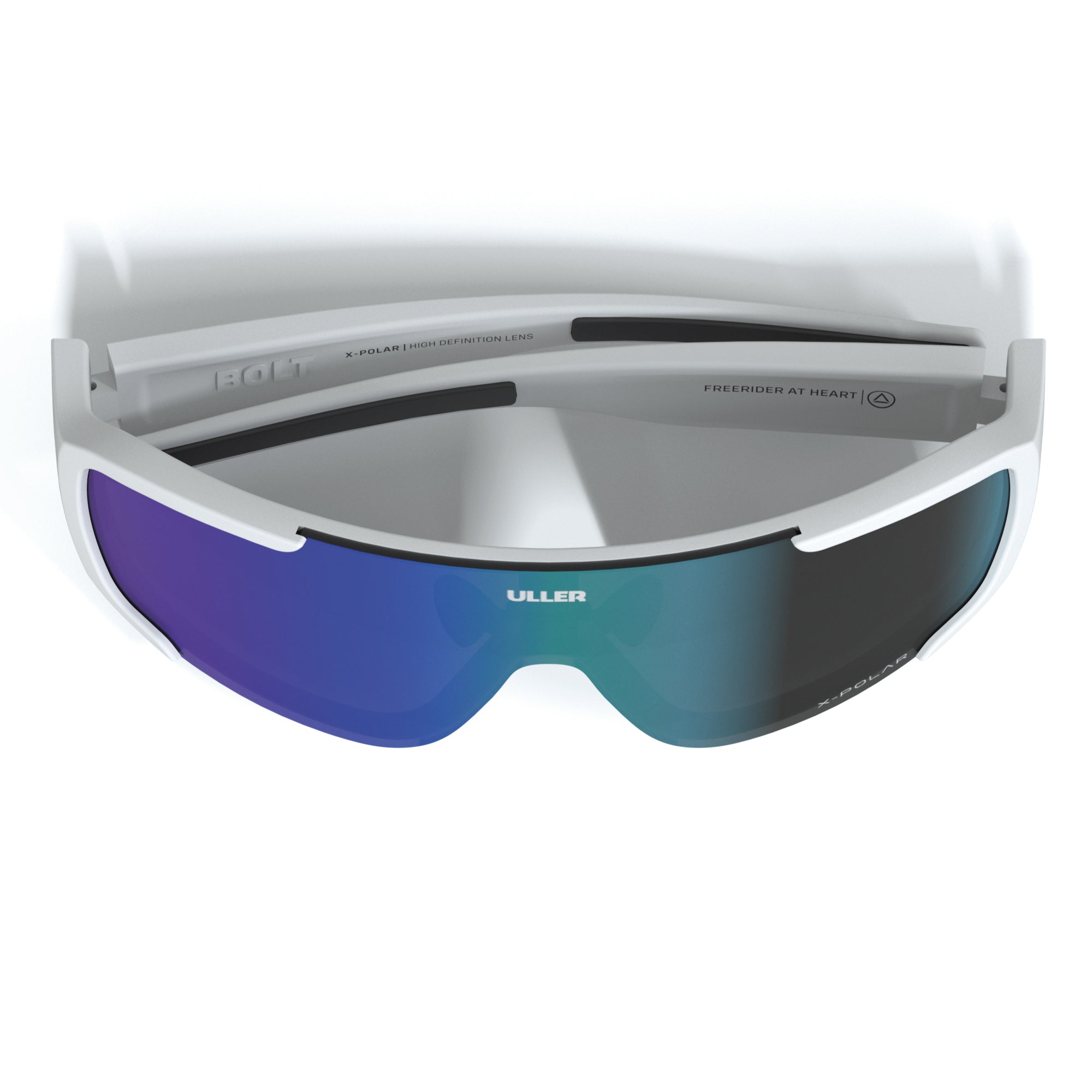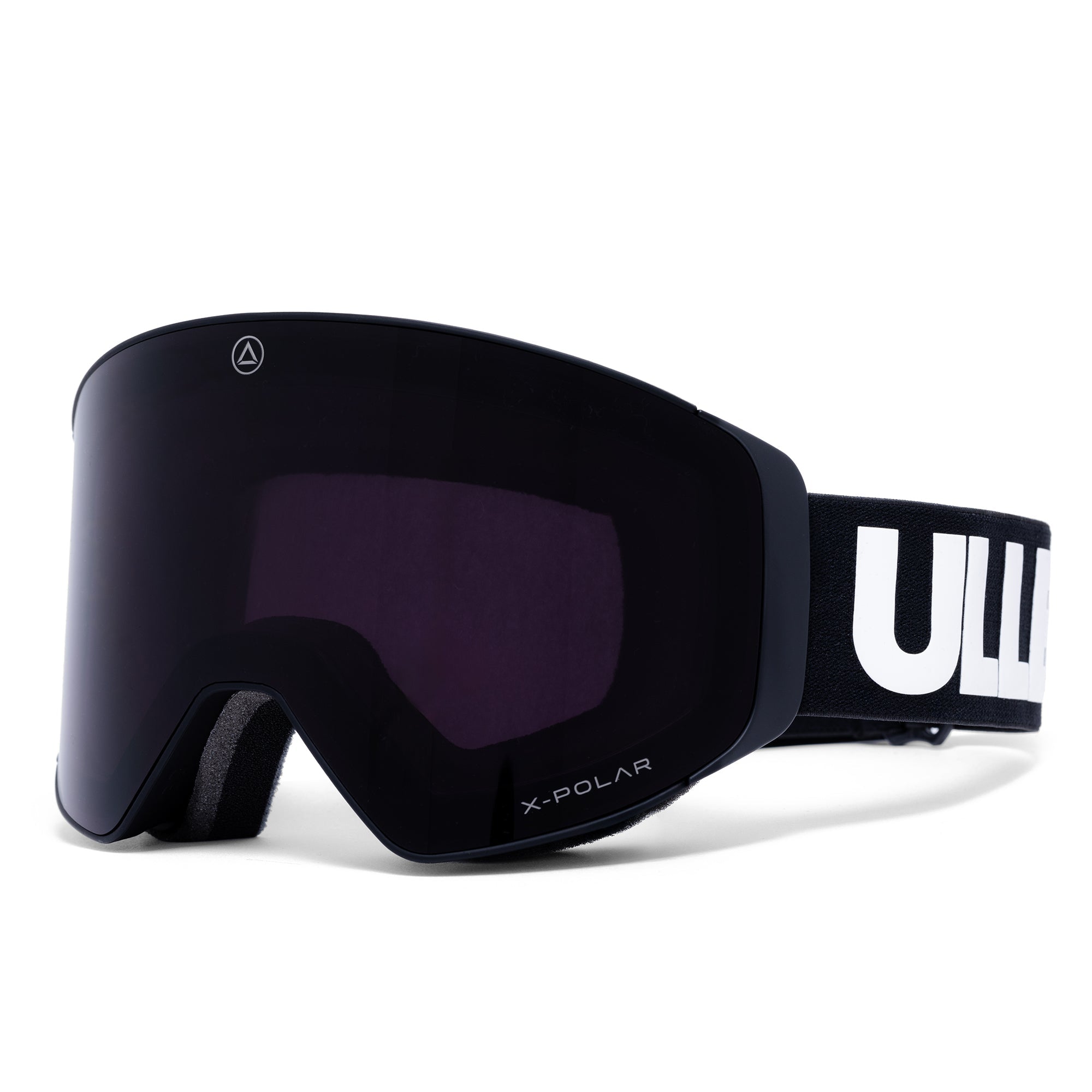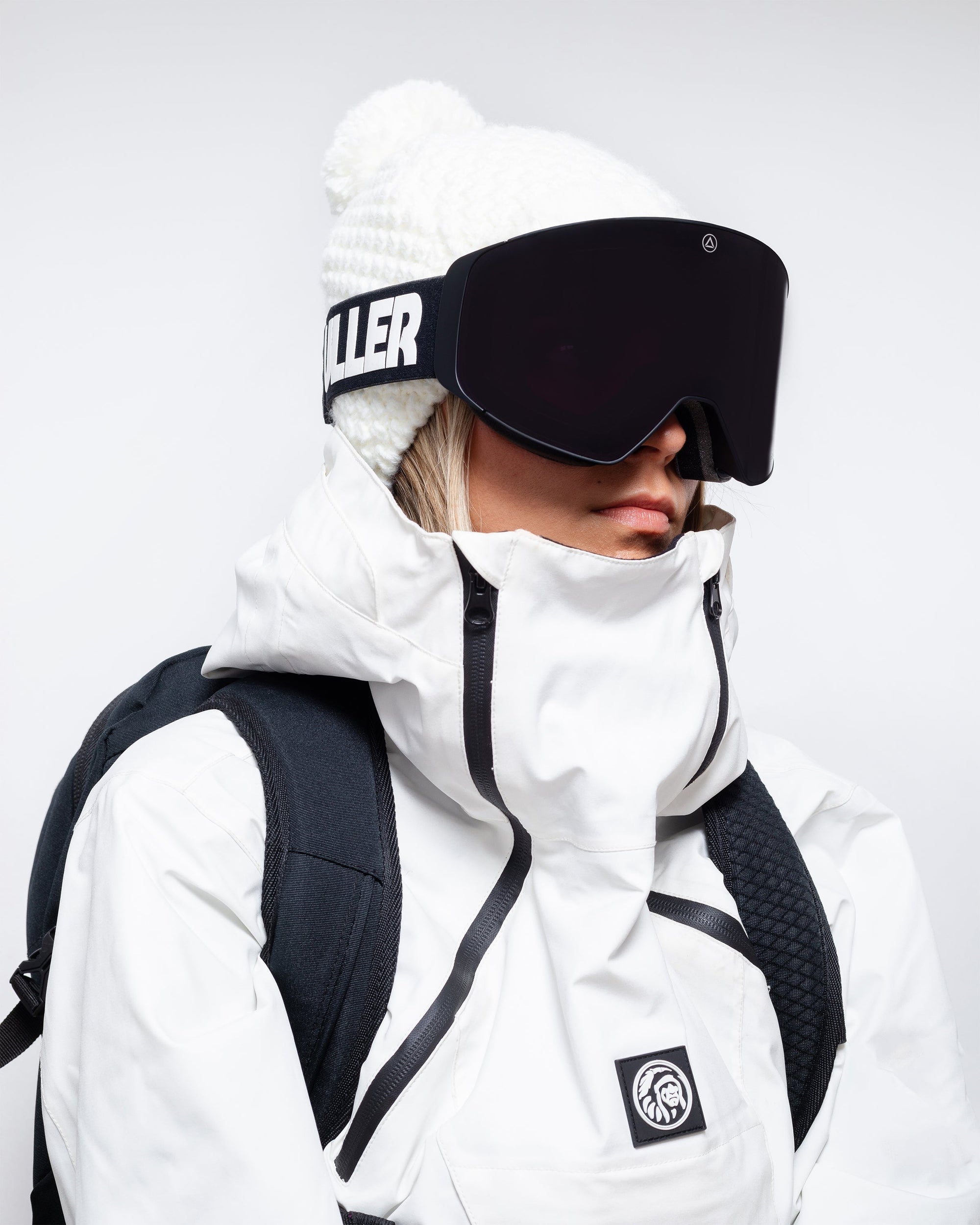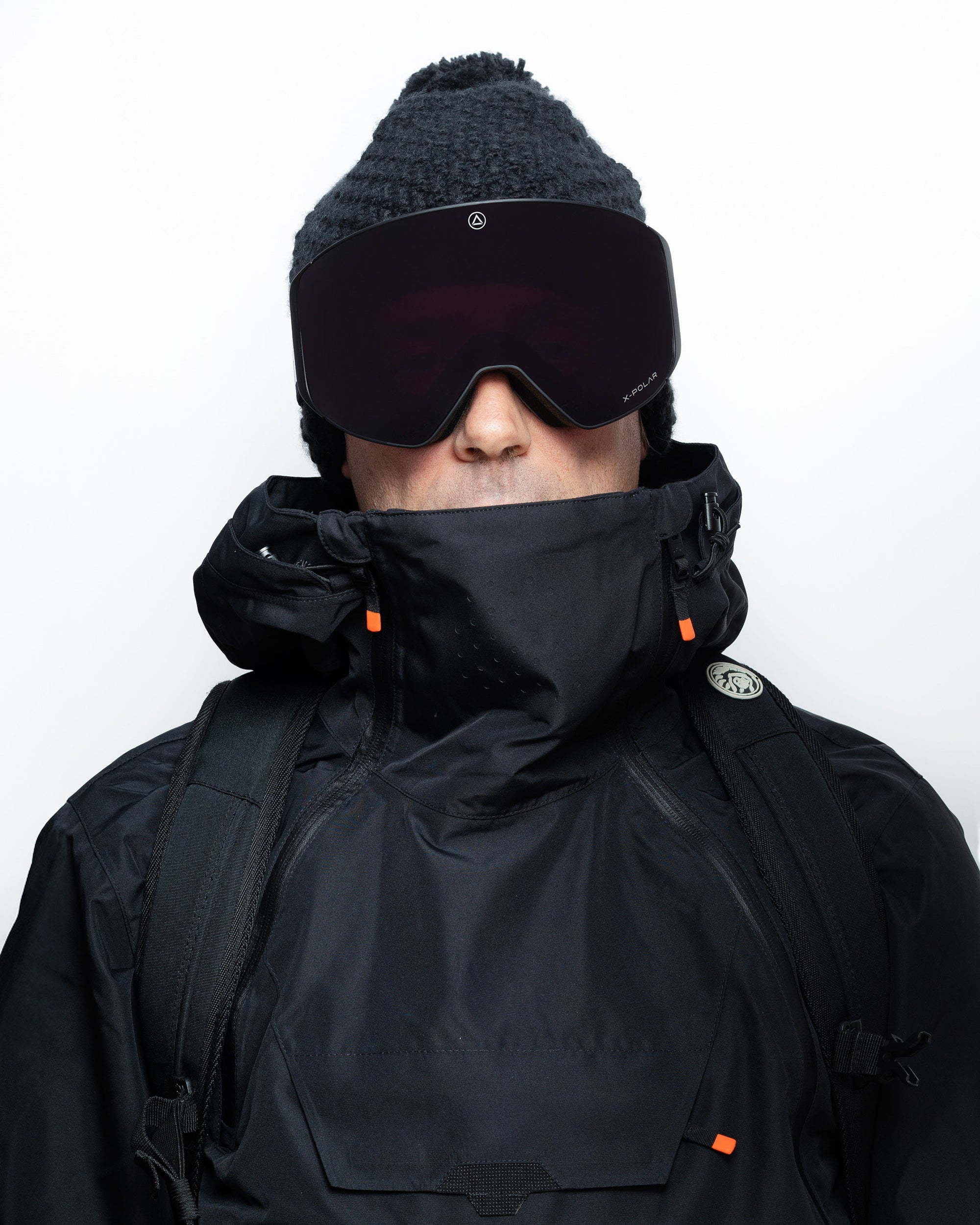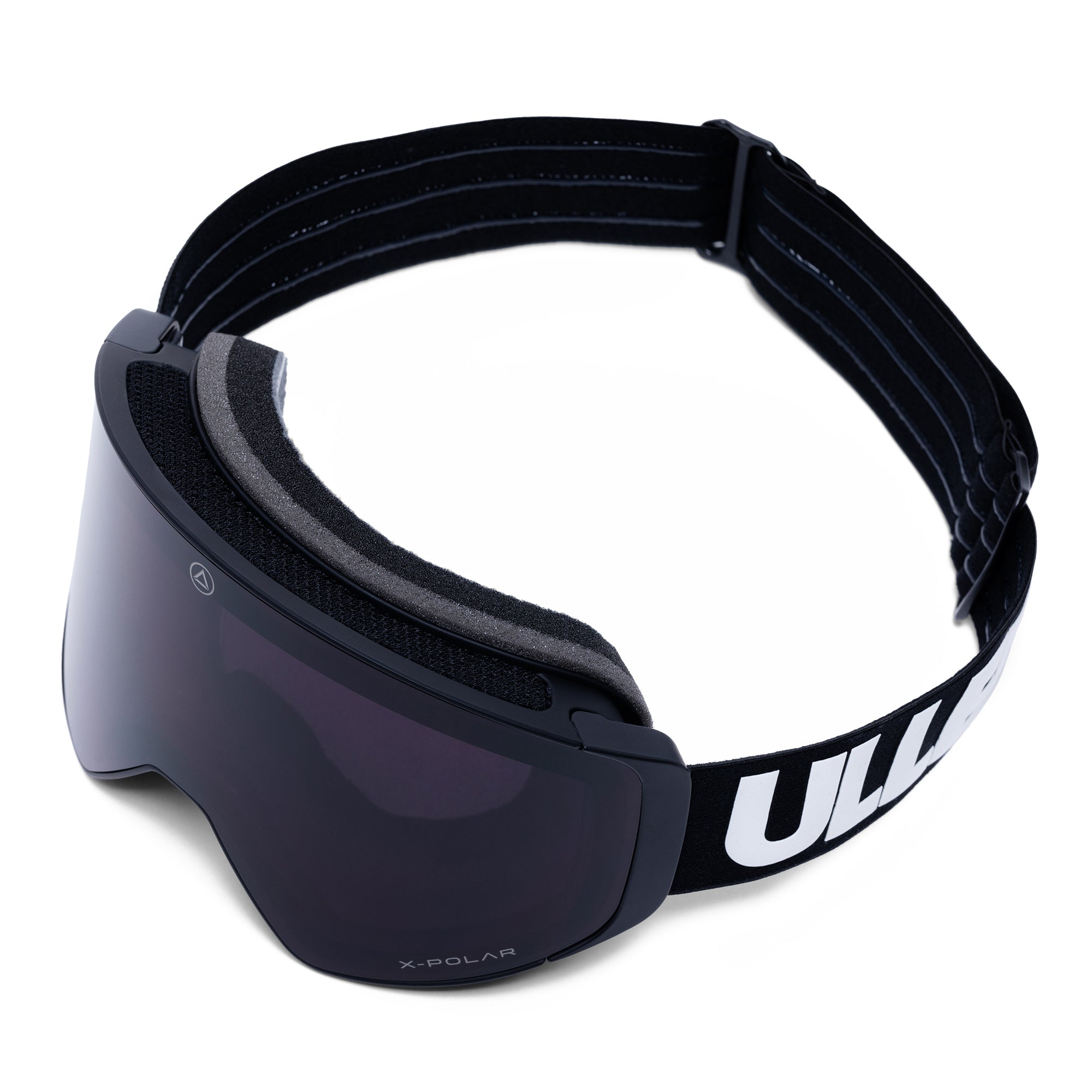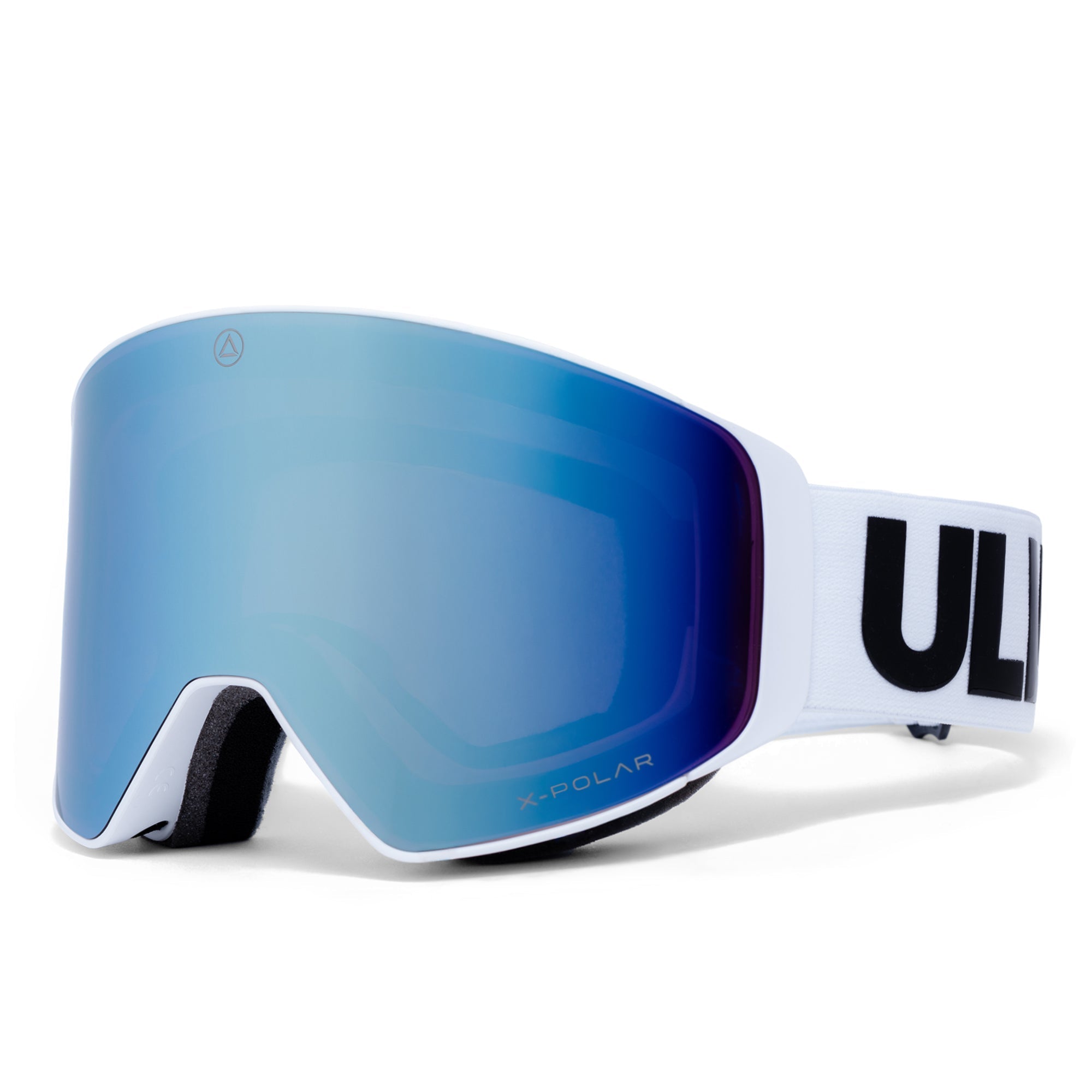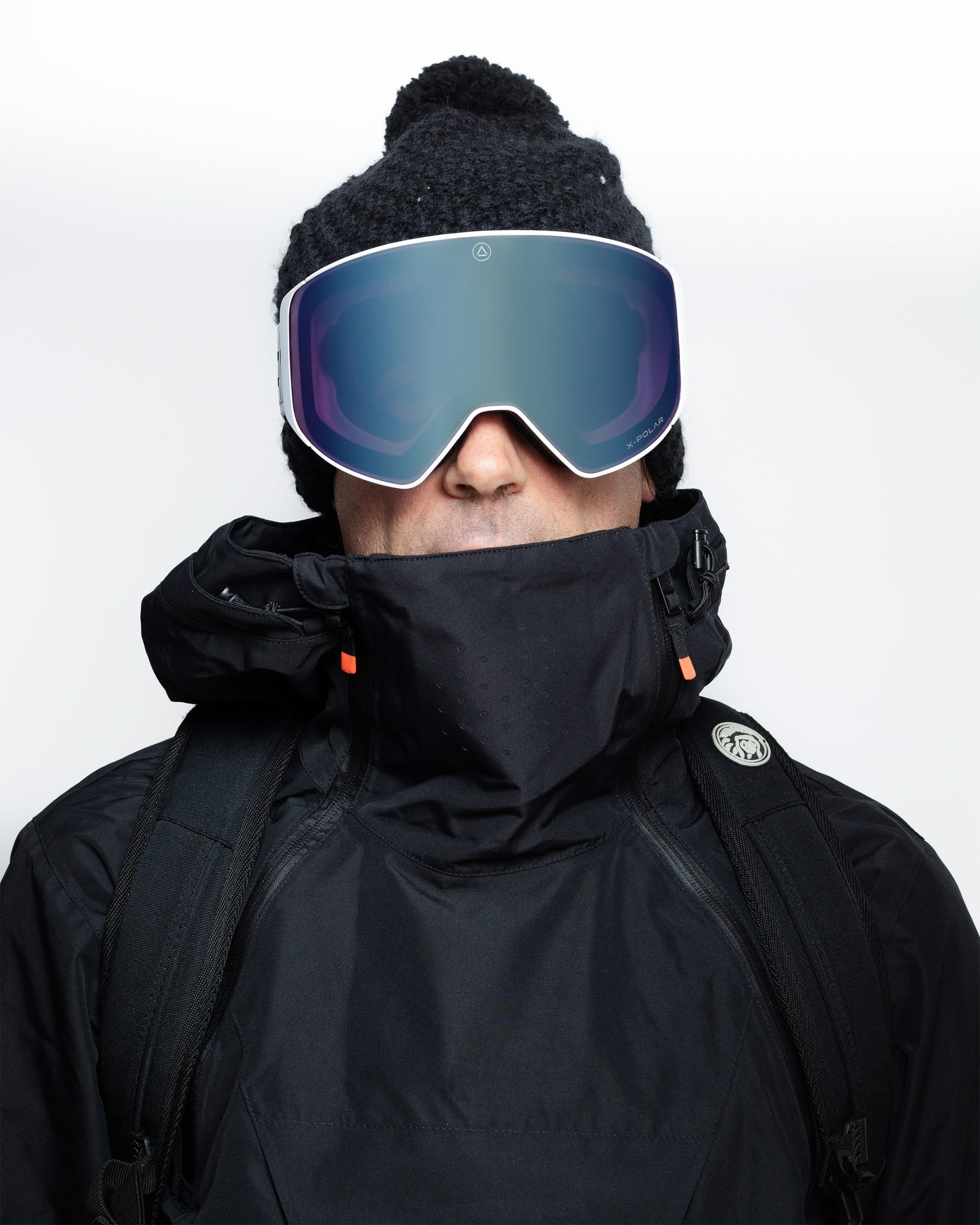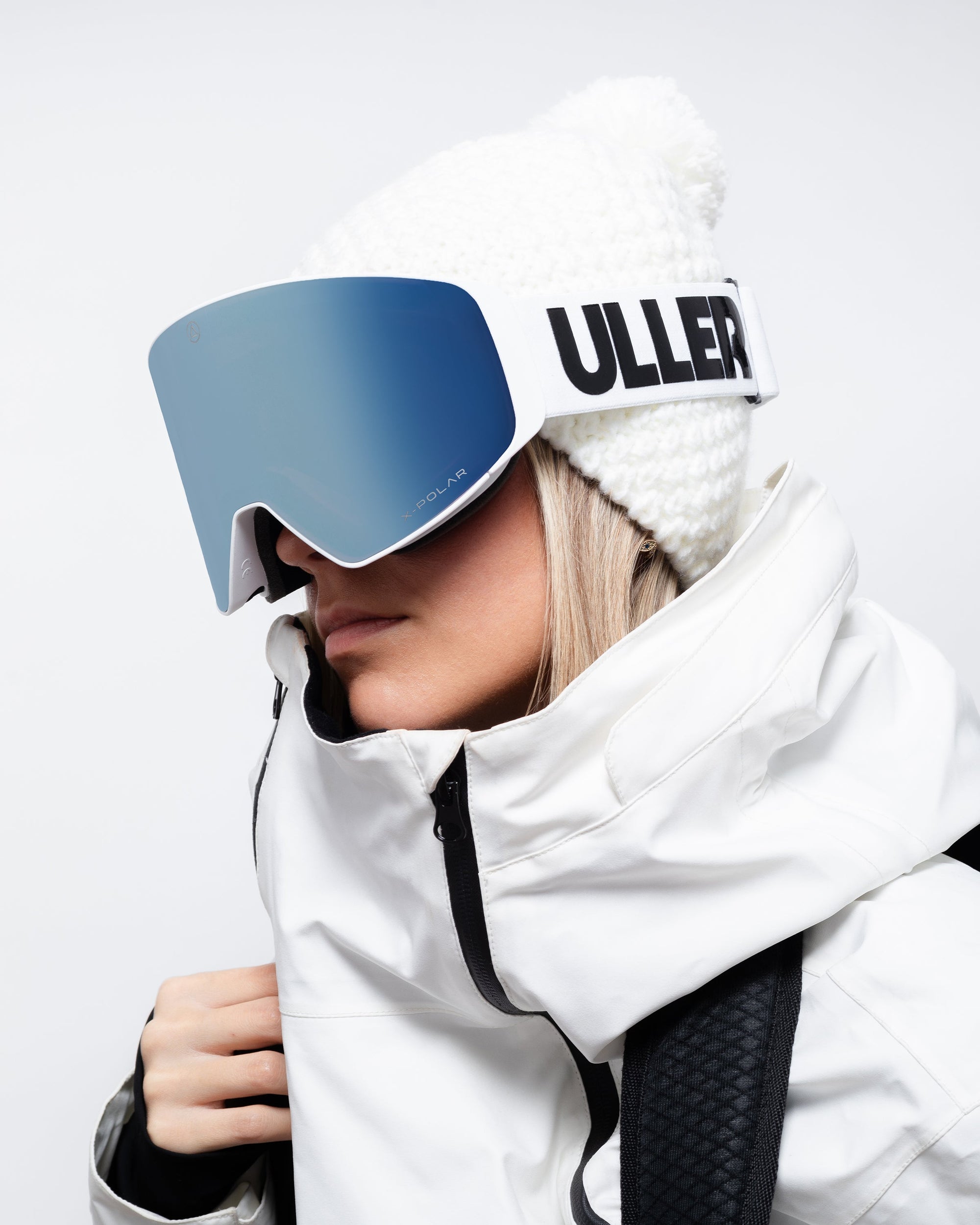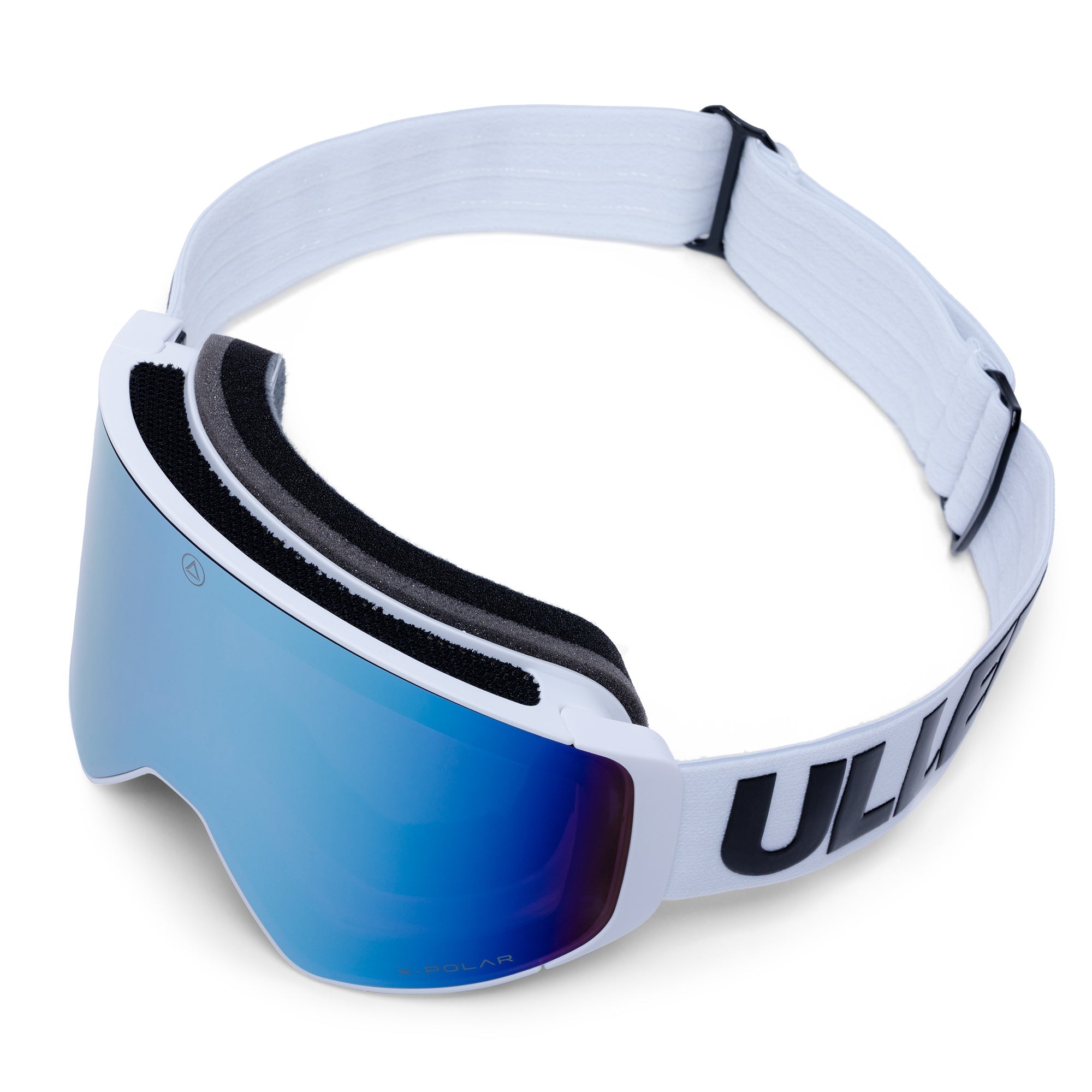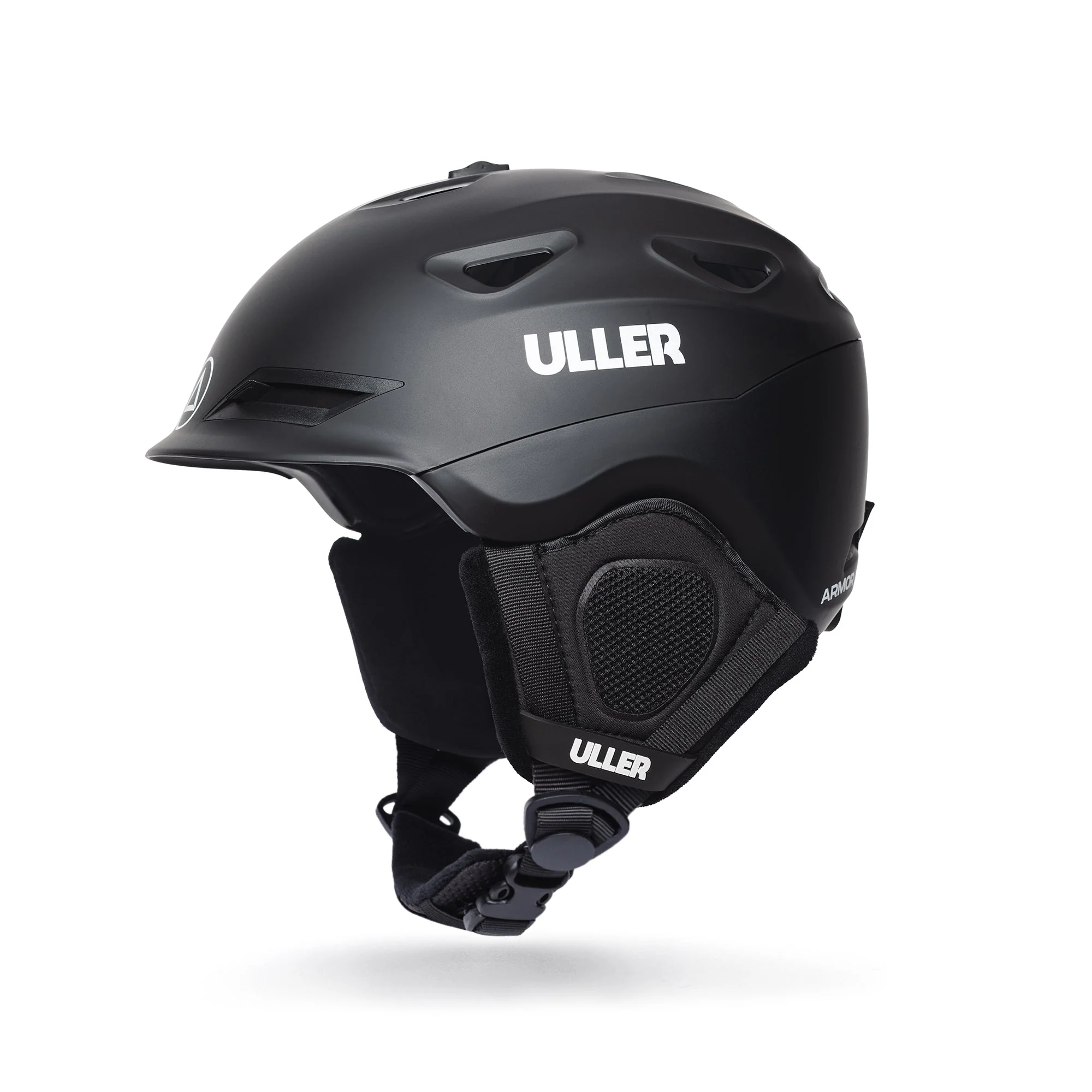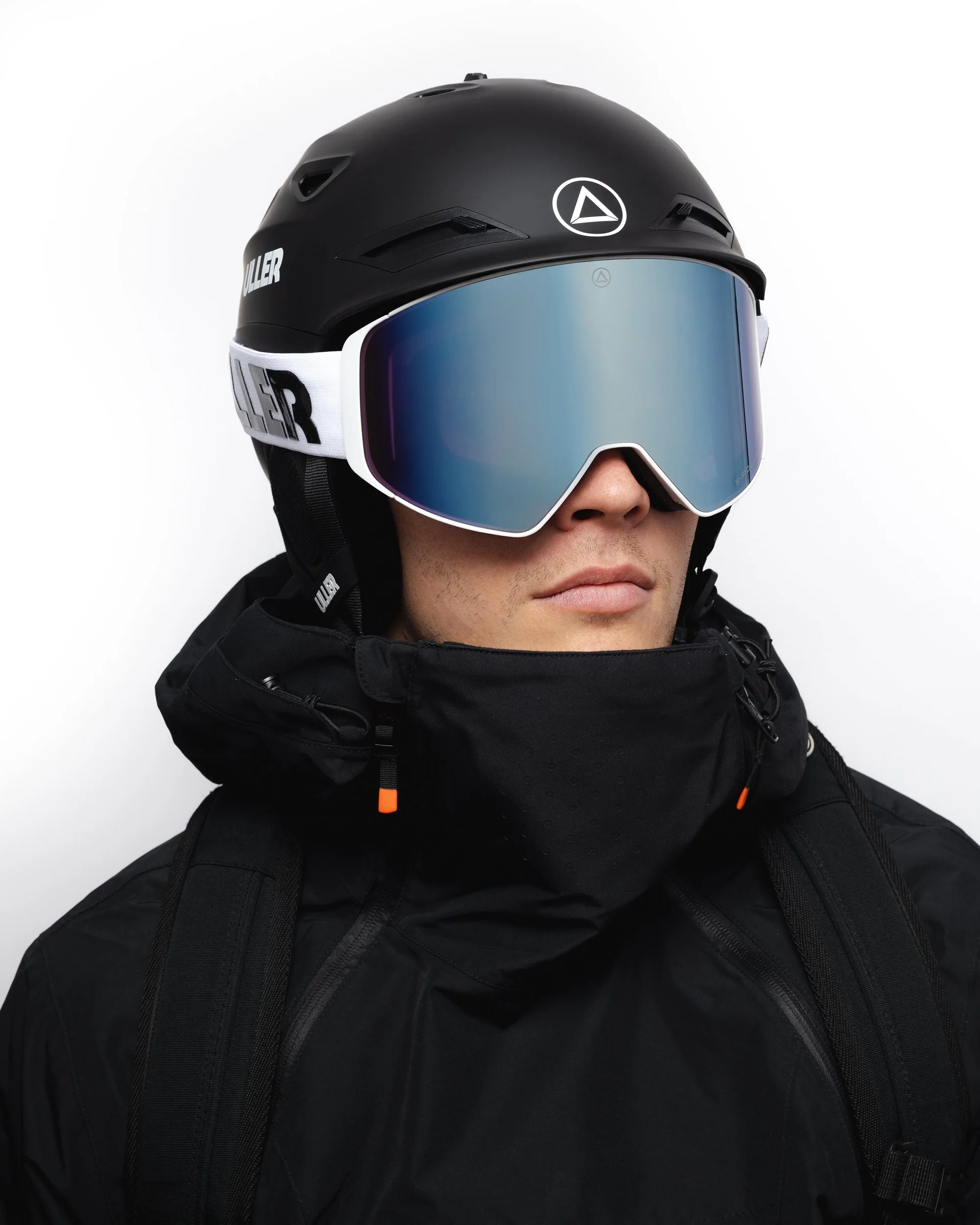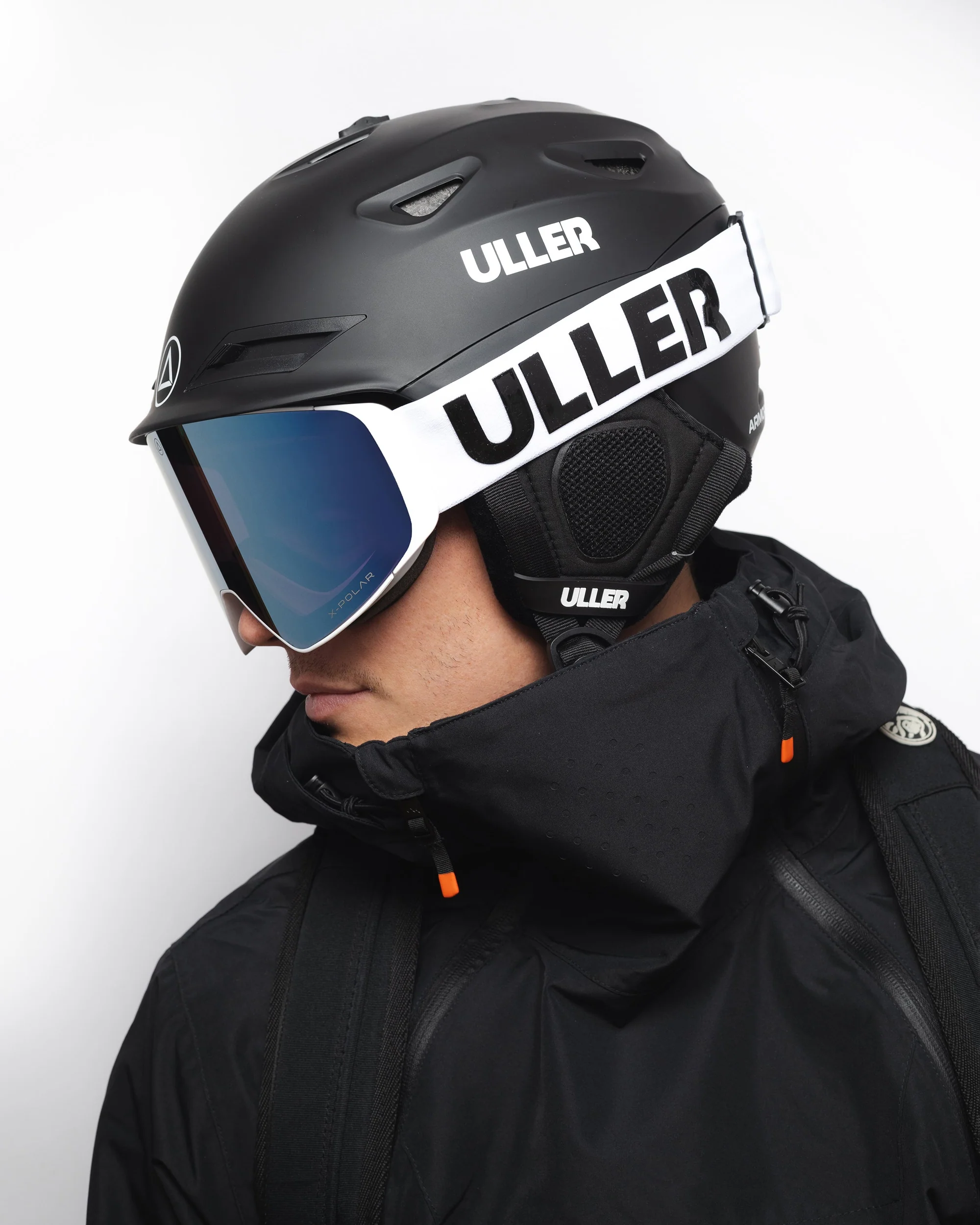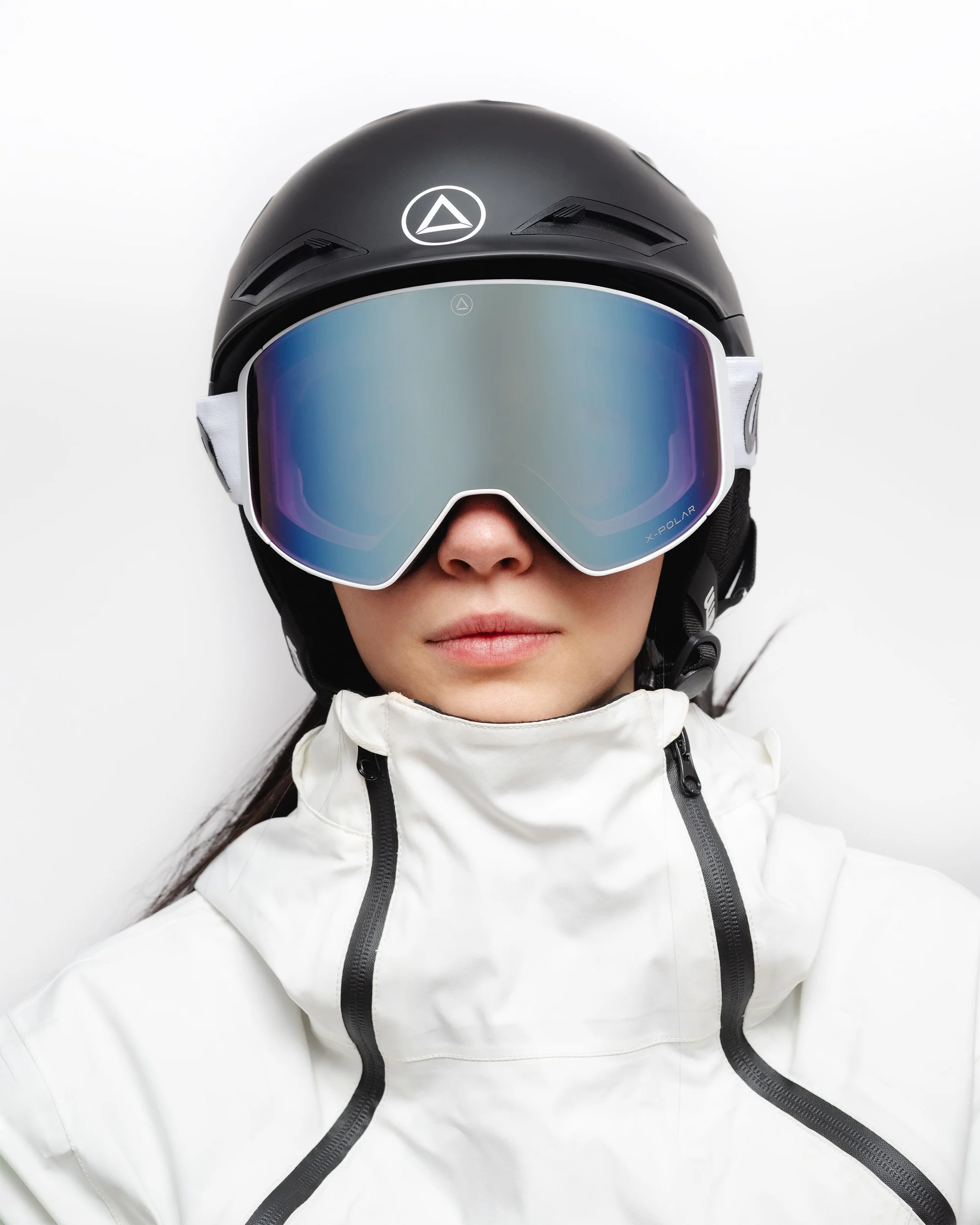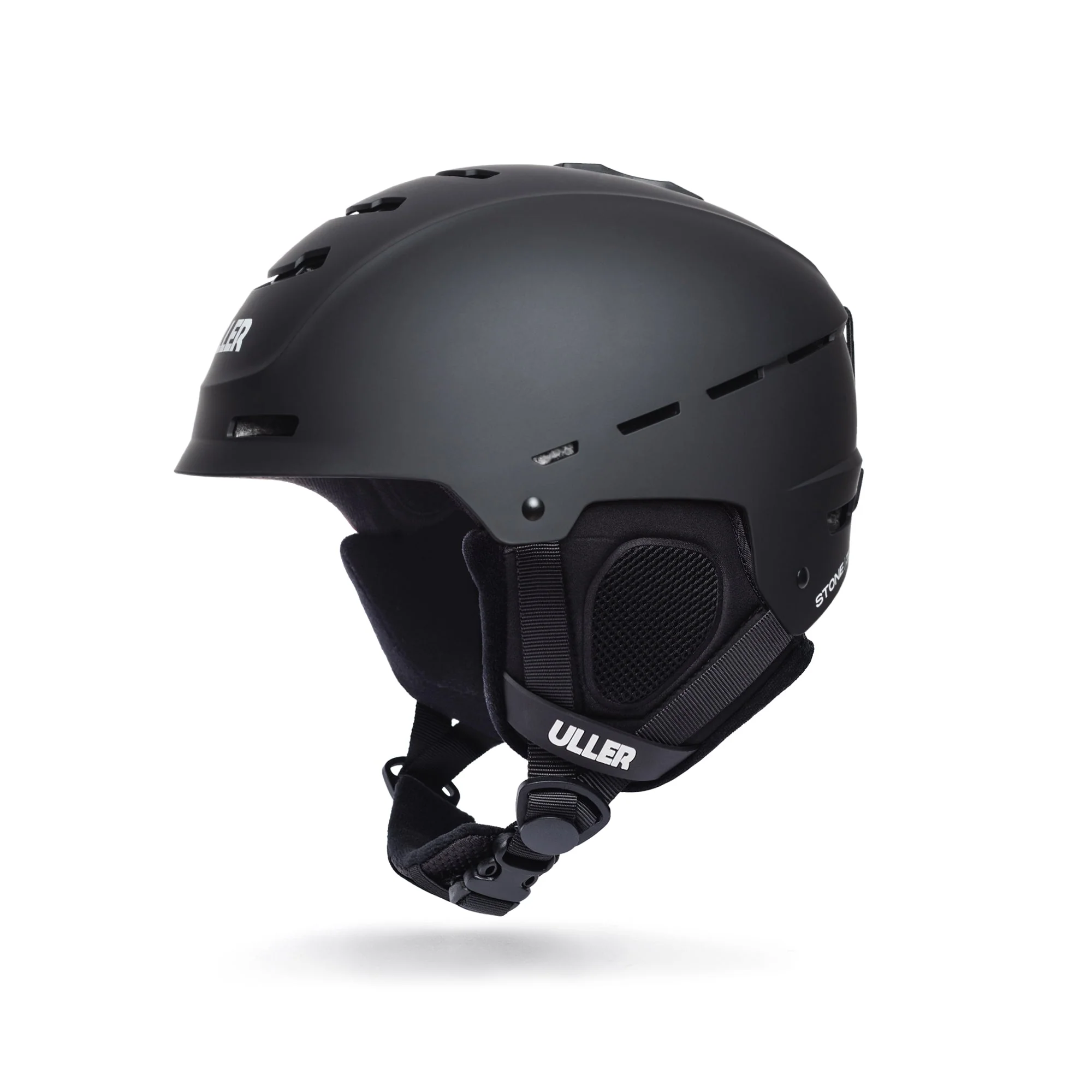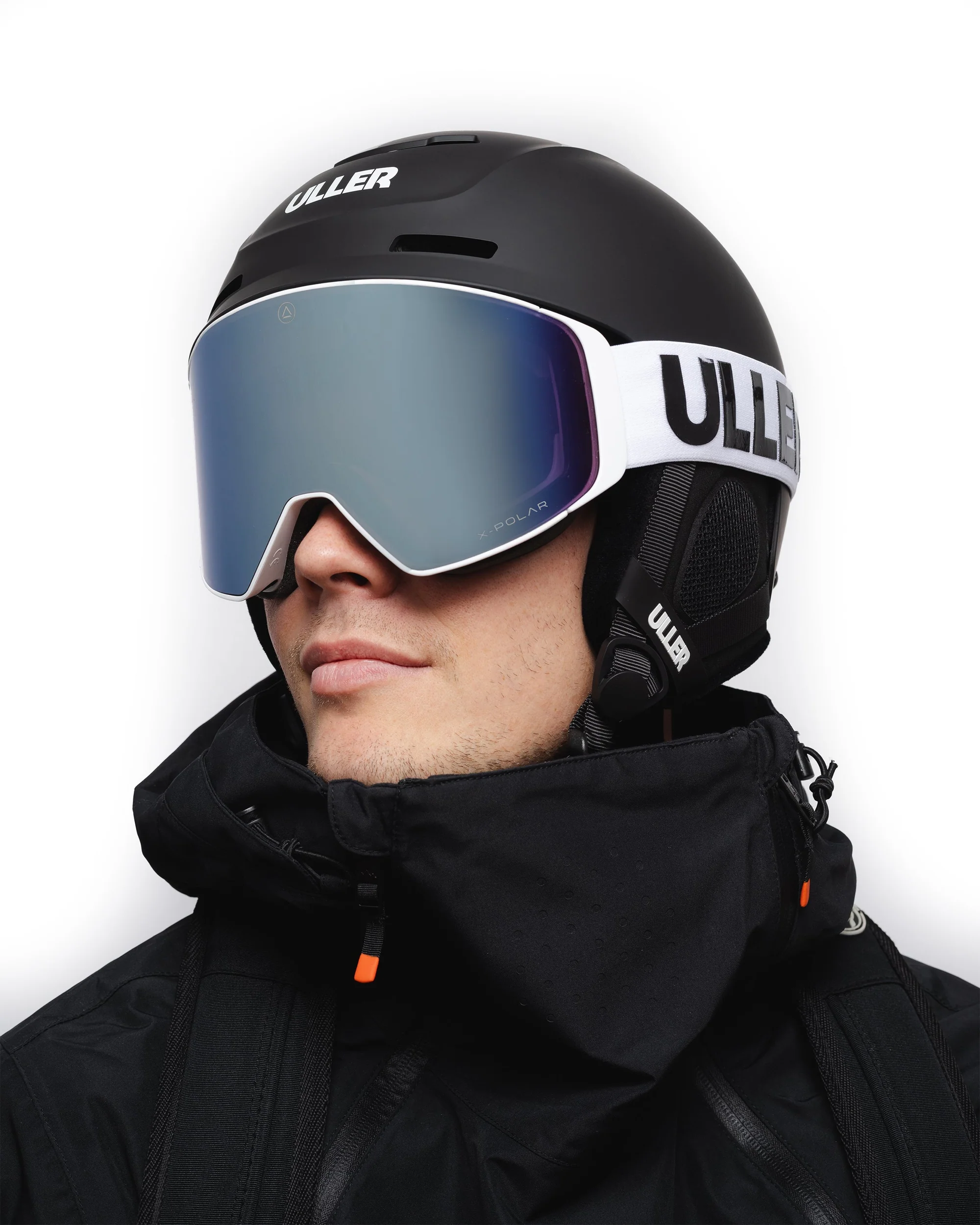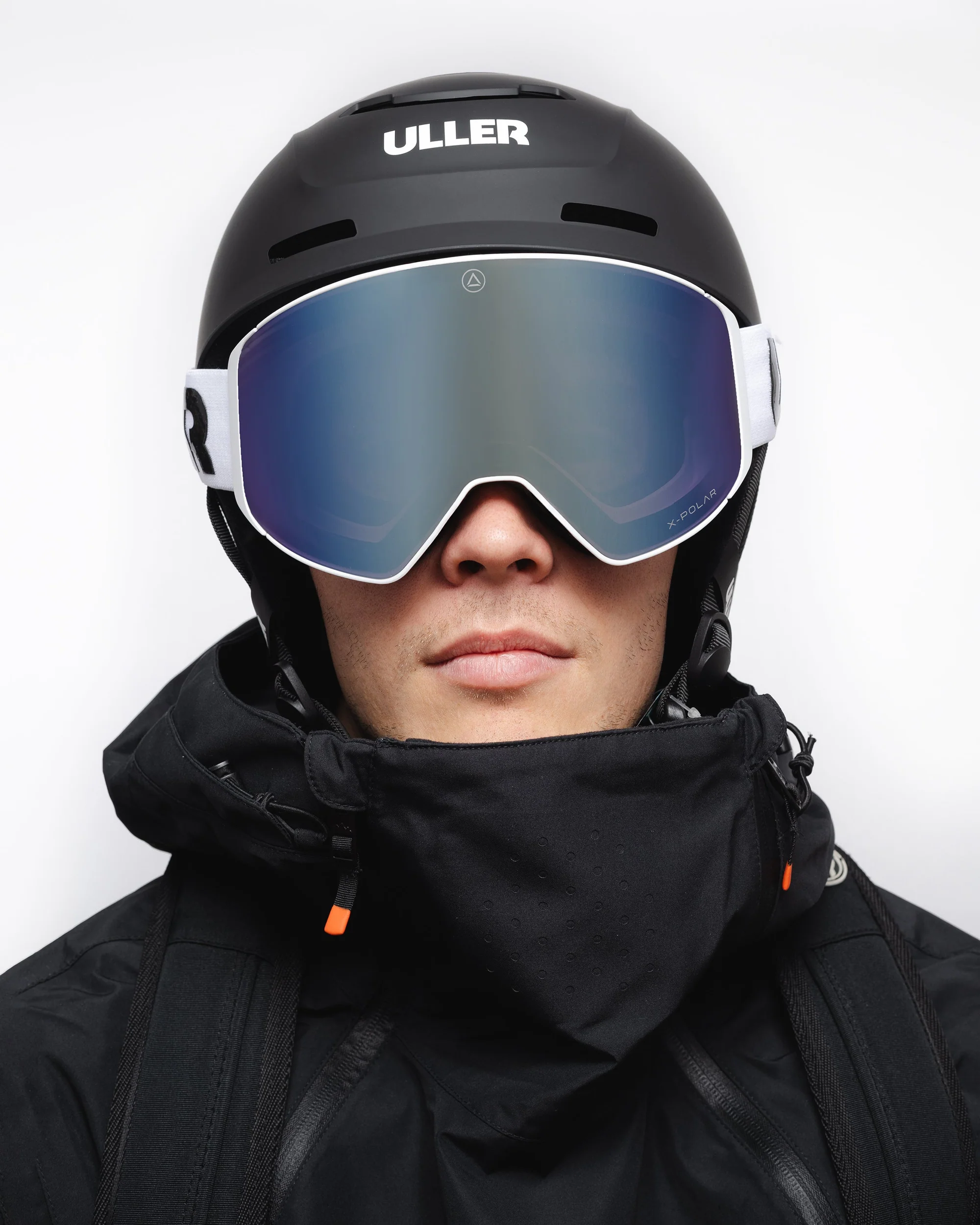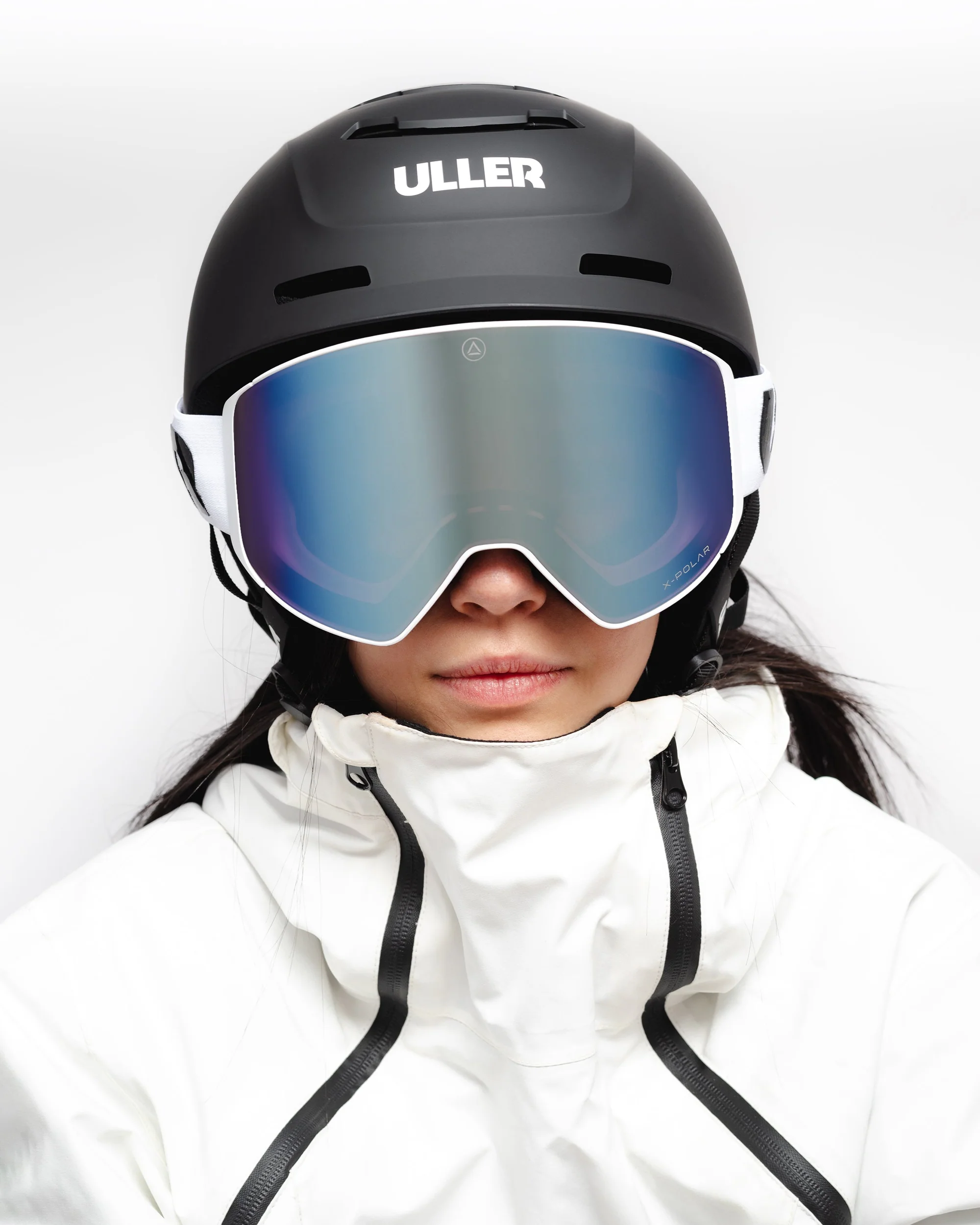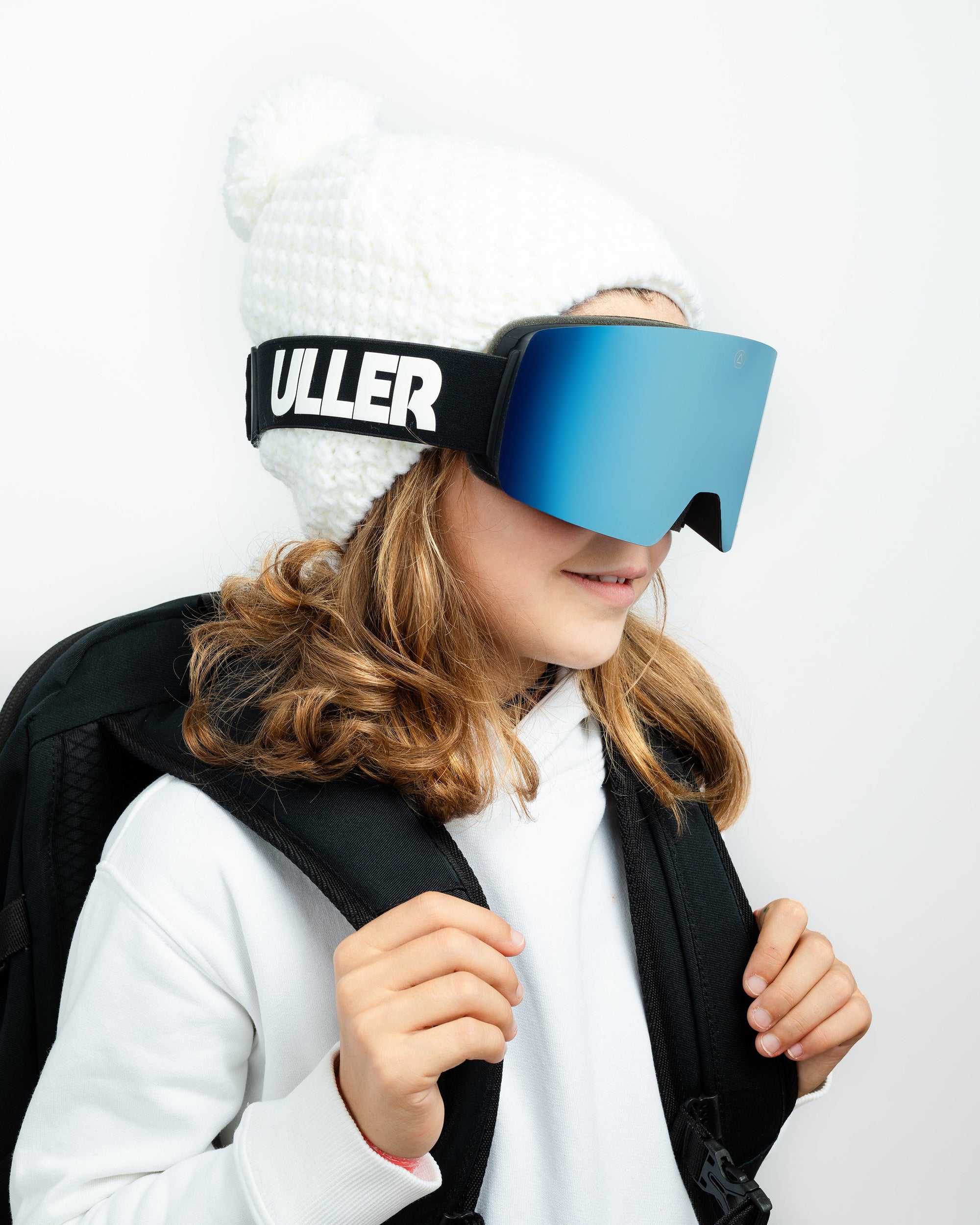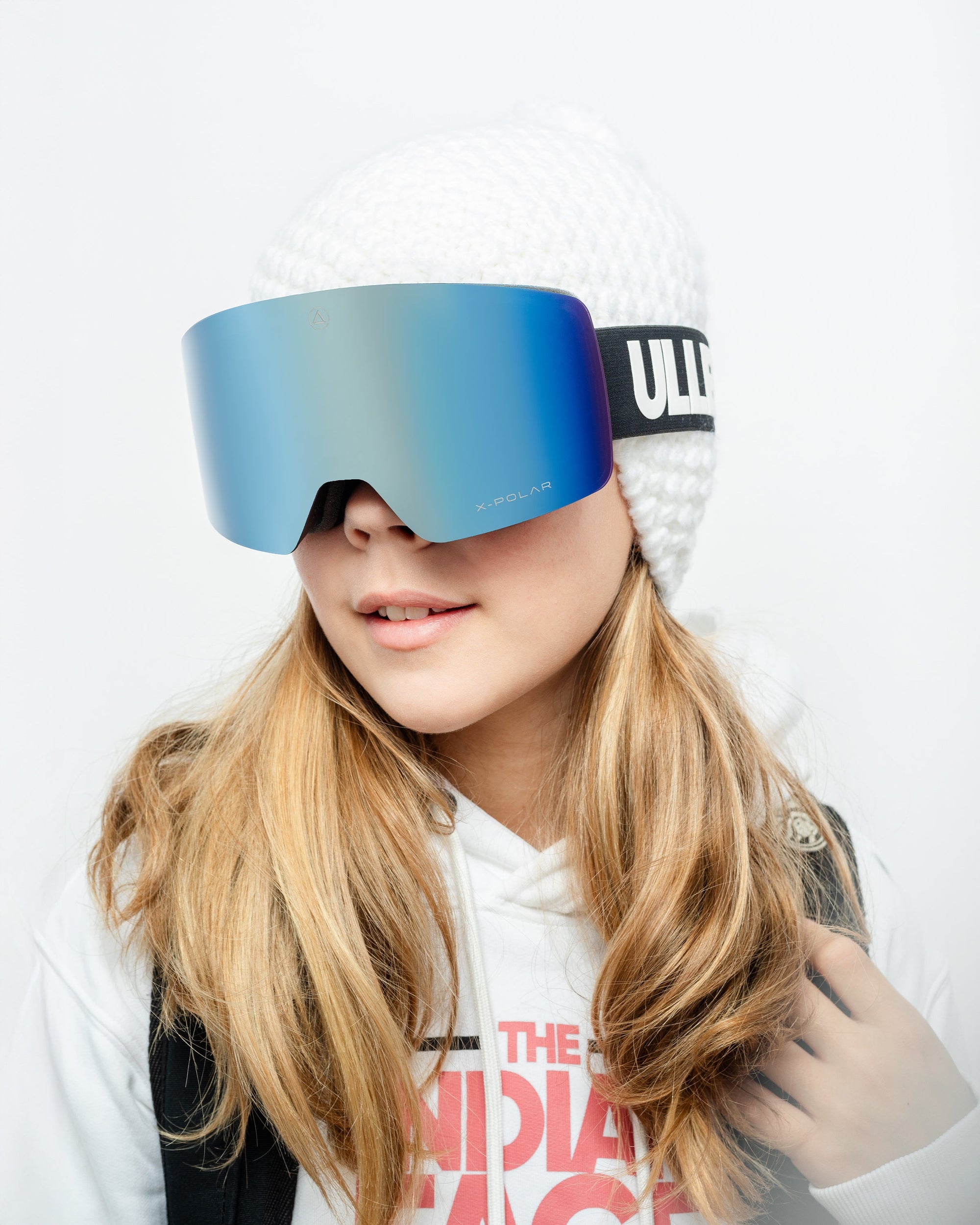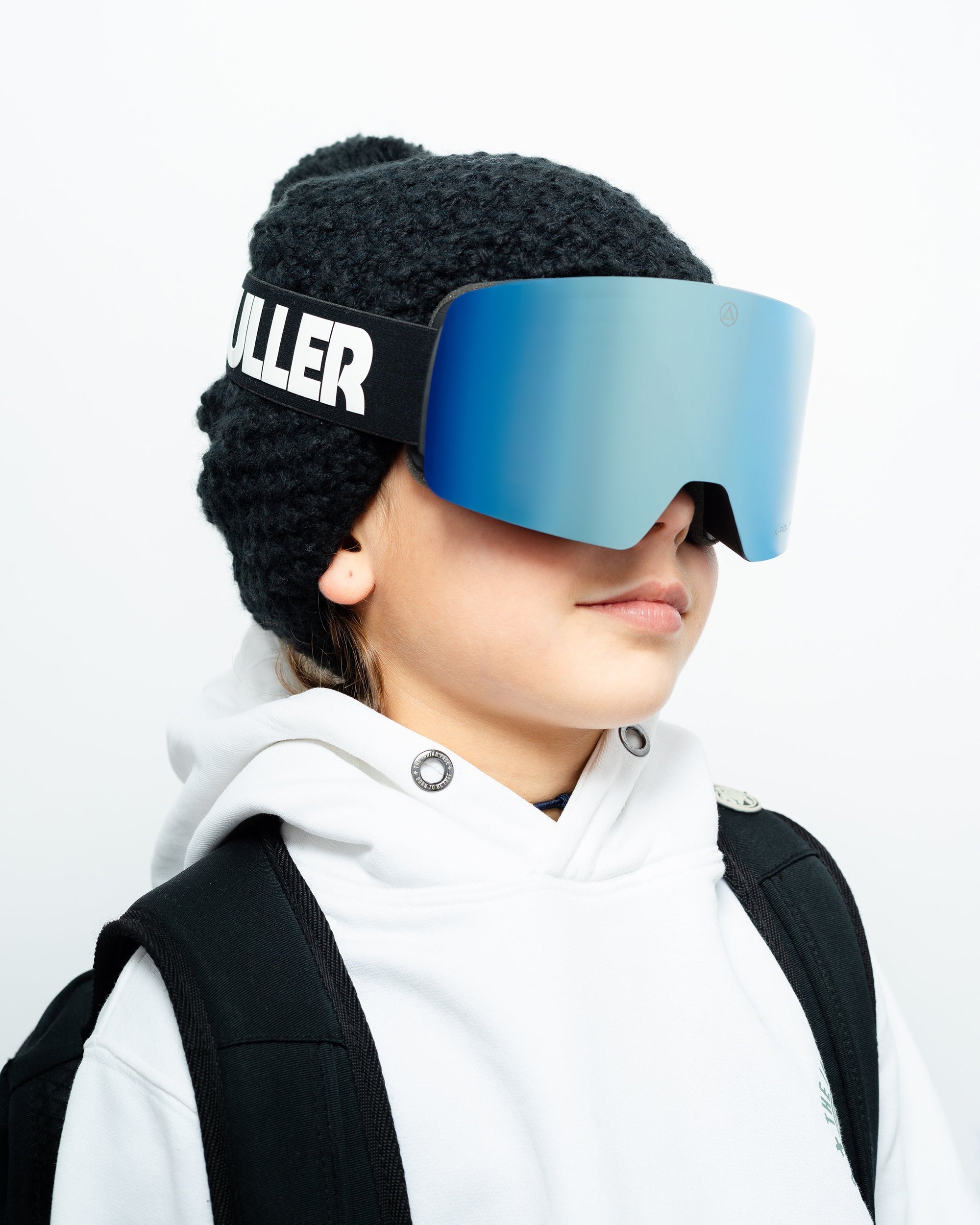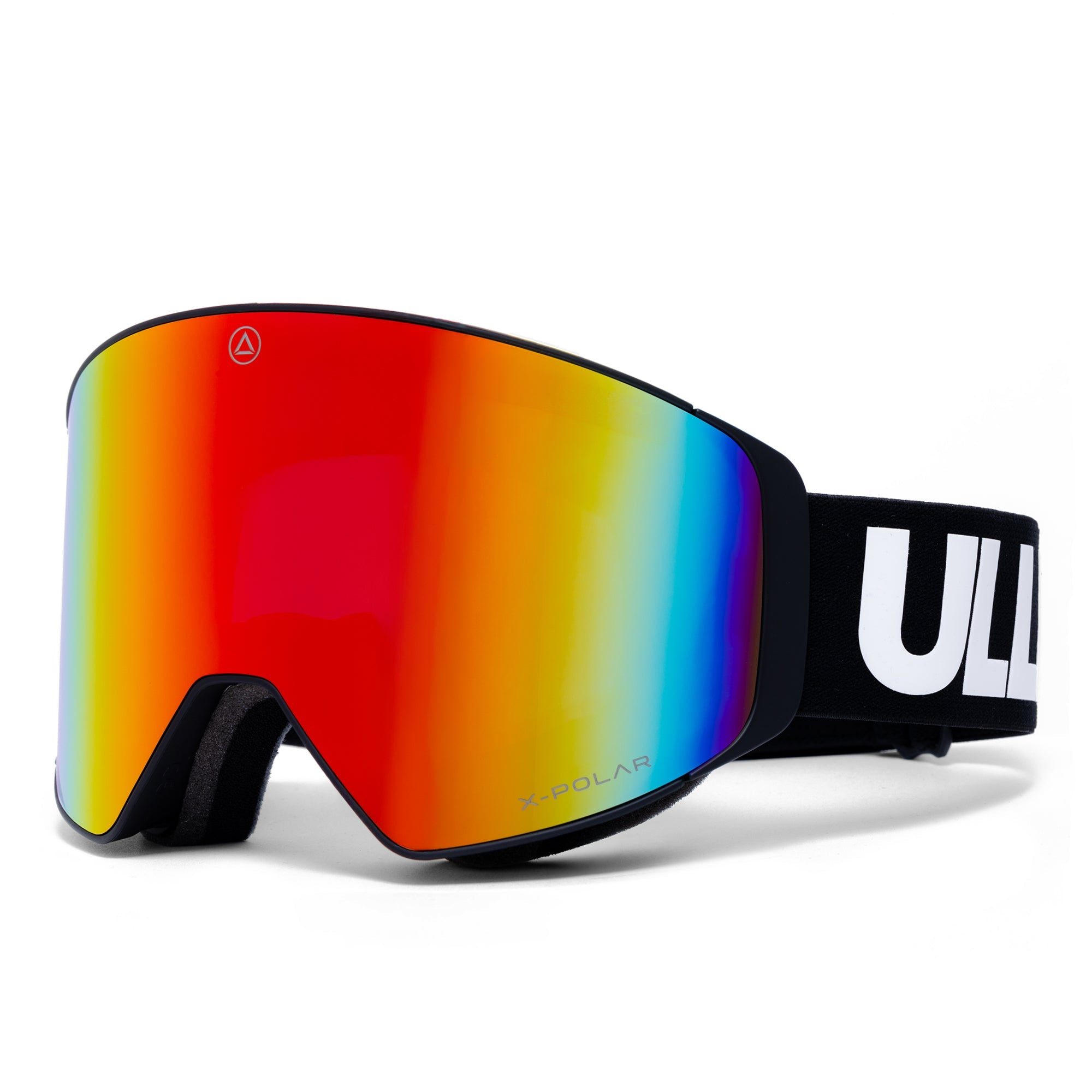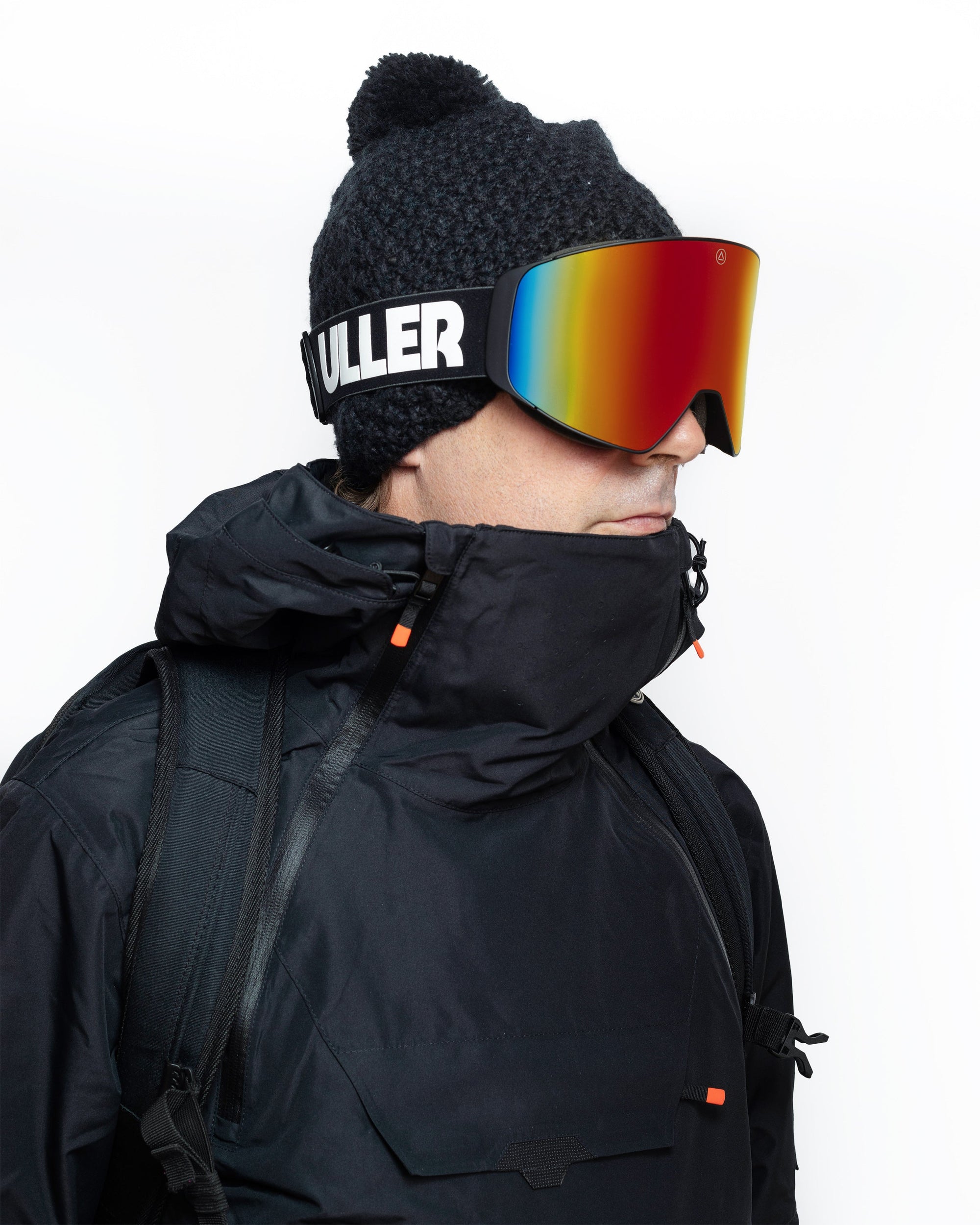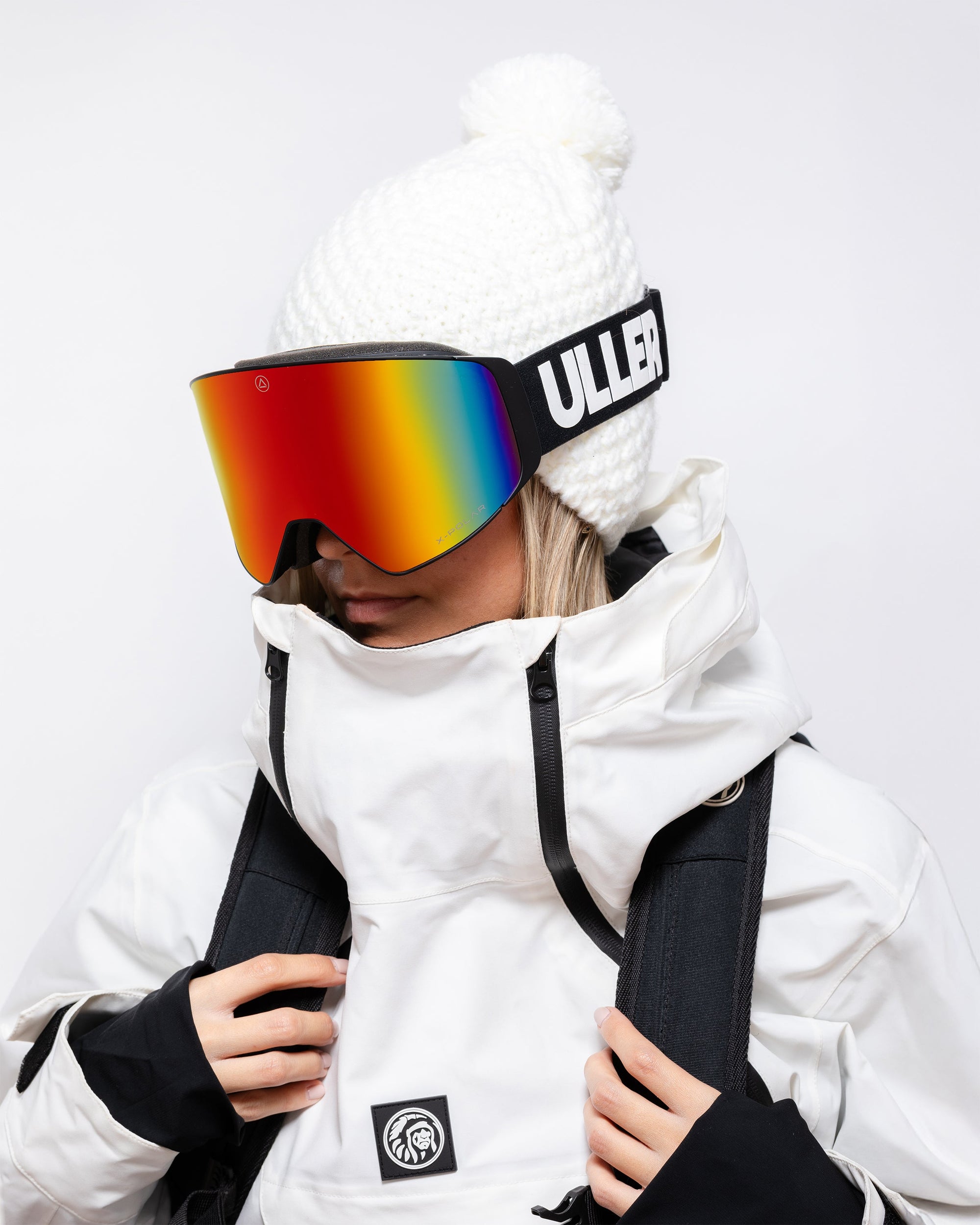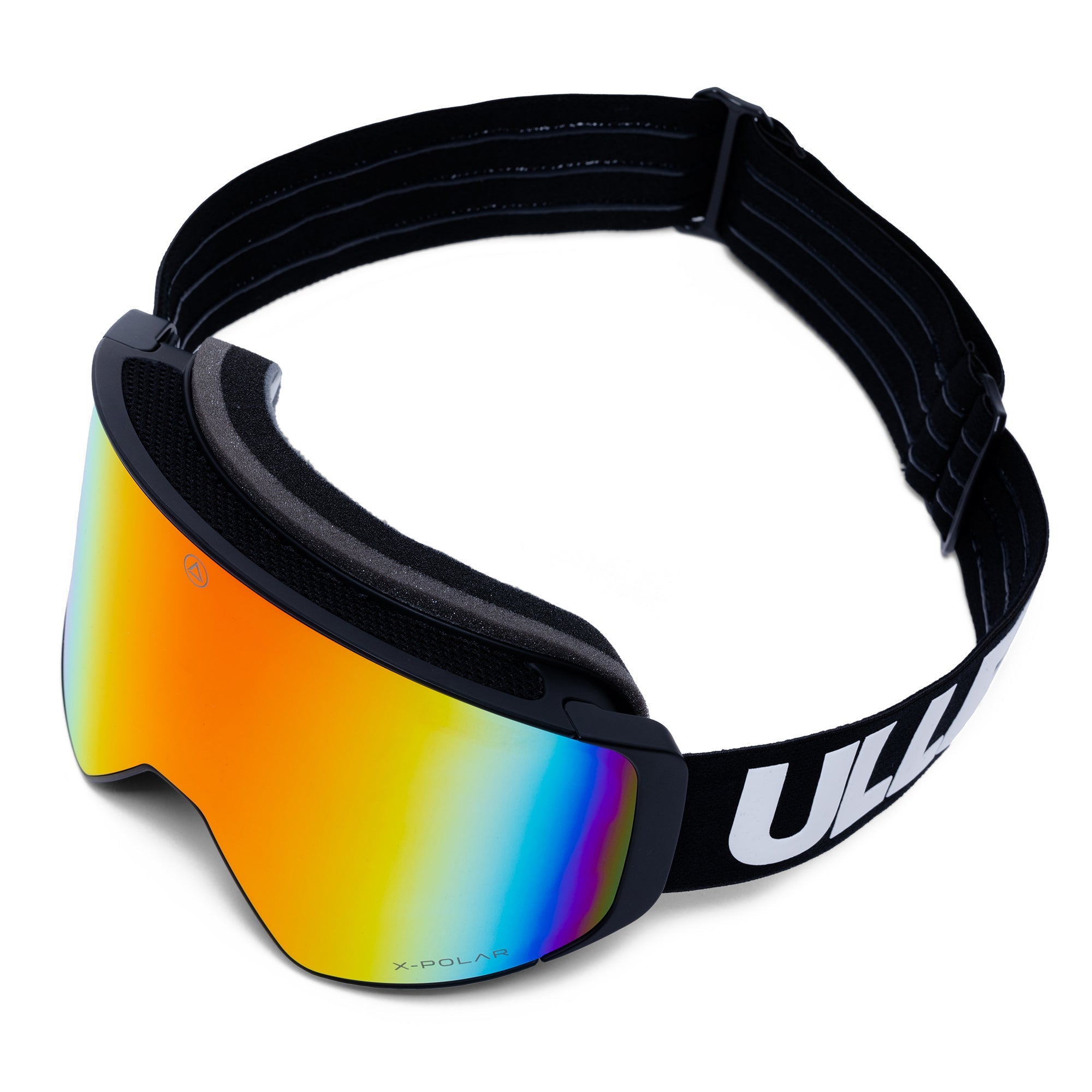When we go down the mountain on skis, feeling the wind in our face and with the adrenaline going through the roof, we feel that we are above everything. But what if your leisurely journey through powder snow is abruptly interrupted by a hidden crevasse? It is of great importance not to forget that the mountain is our friend, but it can also be the most dangerous rival due to the unexpected setbacks it brings with it. Don't worry, to prevent all kinds of snowy accidents as much as possible and as freeride lovers that we are, we are going to tell you a series of tips that, at least, will help you either prevent scares or get the best out of them.

TO BREAK THE RULES, YOU FIRST HAVE TO KNOW THEM
First of all, in freeriding it is us and our technique, since it is not recommended for a beginner skier to start freeriding without even being able to handle the slopes decently. At first, it may seem like an exaggeration, but we can have a scare even one meter to the right of the limits of the track or, what is more, even on it if we do not pay attention to the signs we find. And it is that, when determining our level, we do not have to impress anyone, but rather be aware of where we are and how far we want to go. When we know how to handle ourselves within the limits of the track and we have experience on it, we can start to bring out the rider that we have inside. The best thing is to do it little by little, first on the sides of the limits of the tracks and, progressively, go to further and more complex descents.
IN THE FREERIDE, BETTER ALWAYS ACCOMPANIED
And the thing is that good experiences are better enjoyed in company, since that way, if any unexpected inconvenience occurs, someone can always help us out. The best thing would be a fellow rider or friend who is more experienced than us and who already knows the mountain areas we are going through (although this is a different adventure every day, but we already know that). We can also hire a freerider teacher to help us on the first descents. These are native to the area and, in addition to teaching you and giving you good advice to improve your technique, they will know the best layers of powder snow where to ski.

At this point we can make a subsection to emphasize that one of the biggest risks of this type of skiing is the high probability of suffering an avalanche in spaces that are not being controlled, as is the case of the clues. The vast majority of avalanches are caused by ourselves or our companions, of course, unintentionally, but we must know this information and keep it in mind.
EVERYTHING THAT GOES UP, GOES DOWN
Although we believe that this is the least of the problems, we have to take into account that the long hikes that take hours to climb through the snow are kilometers that we will have to descend later. By this we mainly mean that, in addition to saving enough energy for the descent, it is a modality that requires very good physical condition. This, beyond having or not having shoelaces the next day, also implies the prevention of muscle injuries of any other type (we are not going to put ourselves in worse scenarios of considering tears).
What do we mean by this? That to be a good rider we need to be in good physical shape and practice sports during the rest of the year to have a good resistance, since there will be many hours of crossings and carrying heavy materials, both in our backpack and in our equipment as such. Not to mention the fact that skiing on slopes is already a good expenditure of energy, doing it on virgin snow that has not been treated multiplies this resistance, as well as maintaining balance.

TECHNICAL EQUIPMENT FOR FREERIDE
Welcome to one of the most important points: we are talking about the material that we will have to carry on our excursions. To organize it, on the one hand, we will divide it into safety material and, on the other, into the "technical material" of this sport, such as freeride skis.
Although in the past the same ones were used for alpine skiing, today and with the boom in recent years that this modality has had, it is increasingly easier to find skis and bindings suitable for Freeride, as well as having a better quality and competitiveness every time.
- For freeride, pure dusty descent, as regards boards we will look for ones with a wider shaft, taking into account that the wider the heavier. These skis will also need a suitable skate, and the size will range from 90 to 120mm, wide enough to be able to hold our weight well.
- Regarding bindings, we are very interested (due to the conditions of this modality) ones that hold the skate securely to prevent it from flying off in jumps or turns, leaving us stranded at half descent.
- Regarding technical clothing, it is clear that thermal clothing is required for the internal part, and outer garments that are comfortable and suitable for snow. If you prefer a jumpsuit or a jacket and pants, that's up to your tastes. Like gloves, hats, helmet, etc.
- And for the eyes? At this point we recommend two accessories, on the one hand, sunglasses for the hike, the moments stopped with colleagues, breaks, etc; and, on the other hand, a good mask for when we are hitting that virgin snow hard. At Uller we specialize and test all our material on professional freeriders, so you can be sure that these will be completely suitable for any downhill rider.

SAFETY EQUIPMENT
Now we come to the most important point for our life, because, as we have said, the mountain can be our enemy and it is very common for unexpected avalanches to occur while freeriding.
- The first essential in case of avalanches is to have an ARVA. This is a pulsed radio or avalanche search system that is personal and individual for each member. This "lifeguard" constantly emits and receives waves that indicate the position in which we are, so if one of our companions gets away and suffers an avalanche, changing the mode to search, we can locate him.
- Once we have located the area where our partner is, we must use a probe to know the depth at which it is. Today, both the probe and the ARVA have great precision, so if the search is effective, we will hardly take time in these two steps. What is a probe? It is a metal or steel rod that folds, which indicates the meters in which it is penetrating. An important fact is that the narrower they are, the less resistant they become, something that we will have to consider for our choice.
- The longest step and the one on which our good physical condition depends the most: shoveling arrives. It is essential to carry a shovel to be able to remove the snow that encloses our partner.
- Avalanches are very complex elements of nature, and having an ABS Backpack can help us. It is important to emphasize that having this accessory does not guarantee that you cannot be buried by an avalanche, but it does reduce the chances. This backpack has an airbag system that, in the event of a snow fall, we can activate. This will inflate and prevent us from being buried by the avalanche.
To finish, we leave you with a phrase for reflection that the experienced freerider Adrià Millán said: “There is no point in carrying safety equipment if you don't know how to use it”. And it is that, although we buy the most resistant and the latest technologies, if we do not have experience and knowledge, both using it and mountaineering experiences, the money invested will be of no use to us.

QUESTIONS AND ANSWERS
-
WHAT SAFETY EQUIPMENT DO I NEED TO MAKE A FREERIDE?
As security material, the four essentials must be an ARVA, a probe, a shovel and an ABS backpack.
-
WHAT ARE THE PROBE, ARVA AND SHOVEL USED FOR?
These are three steps in rescuing someone buried in an avalanche in the mountains: first we will use the ARVA system to locate him, then the probe to shovel the depth at which he is found, and finally the shovel to dig him up.
-
WHAT KIND OF SKIS DO I NEED TO FREERIDE?
As material for practicing this modality, in addition to sportswear, you will need wider skis than those we use in alpine skiing. The skate must be adapted to these, being between 90 and 120mm optimal and strong grips that hold the skate very well to avoid landslides.
-
WHAT RISKS ARE THERE IN THE FREERIDE?
The most common danger is that of suffering an avalanche, in many cases, caused by ourselves.














